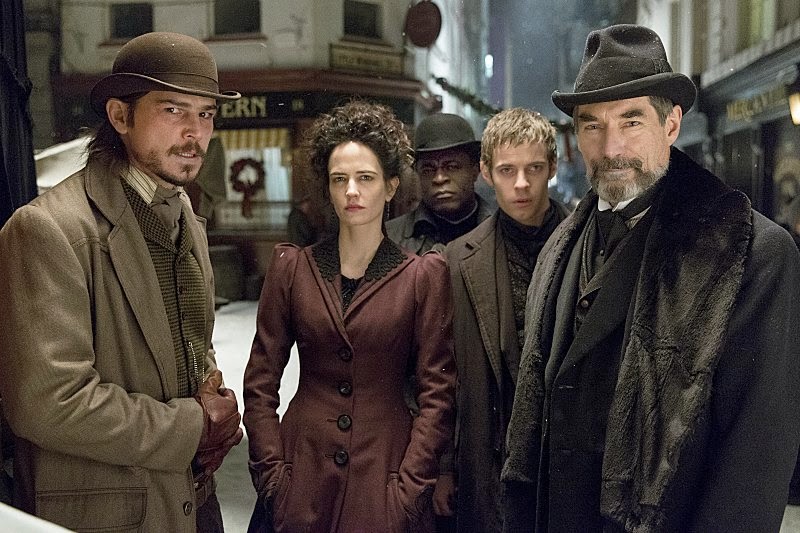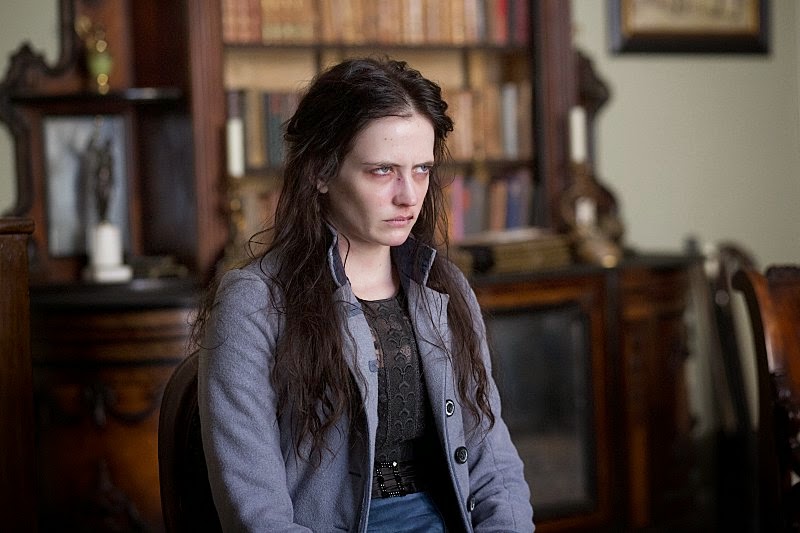Penny Dreadful is a brand new series from Showtime that blends together the mysterious macabre, unearthly gothic, and classic literature into a fast-paced drama full of mystery and suspense.
 |
| Eva Green as Vanessa Ives from Penny Dreadful |
 |
| Reeve Carney as Dorian Gray - Image via IMDB |
 |
| Image via IMDB |
Given the lurid content of these same originals, the show also has some rather graphic content, including its fair share of gore, sex, and language. This is not your typical Victorian gothic gaslight. So definitely not a recommended show for younger audiences or those who are aren't into blood.
 |
| Image via IMDB |
 |
| Image via IMDB |
 |
| What kind of collar is that? |
For a Victorian supernatural thriller, this really is as the title presents - a Penny Dreadful that is certain to intrigue and cause sensation as it spins a new story of some classic literature's well-known stories. After all, with the tagline "There's some thing within us all," you'll definitely be in for a thrill ride.
Overall review - 4.5 out of 5
Costumes - 4.5 out of 5












